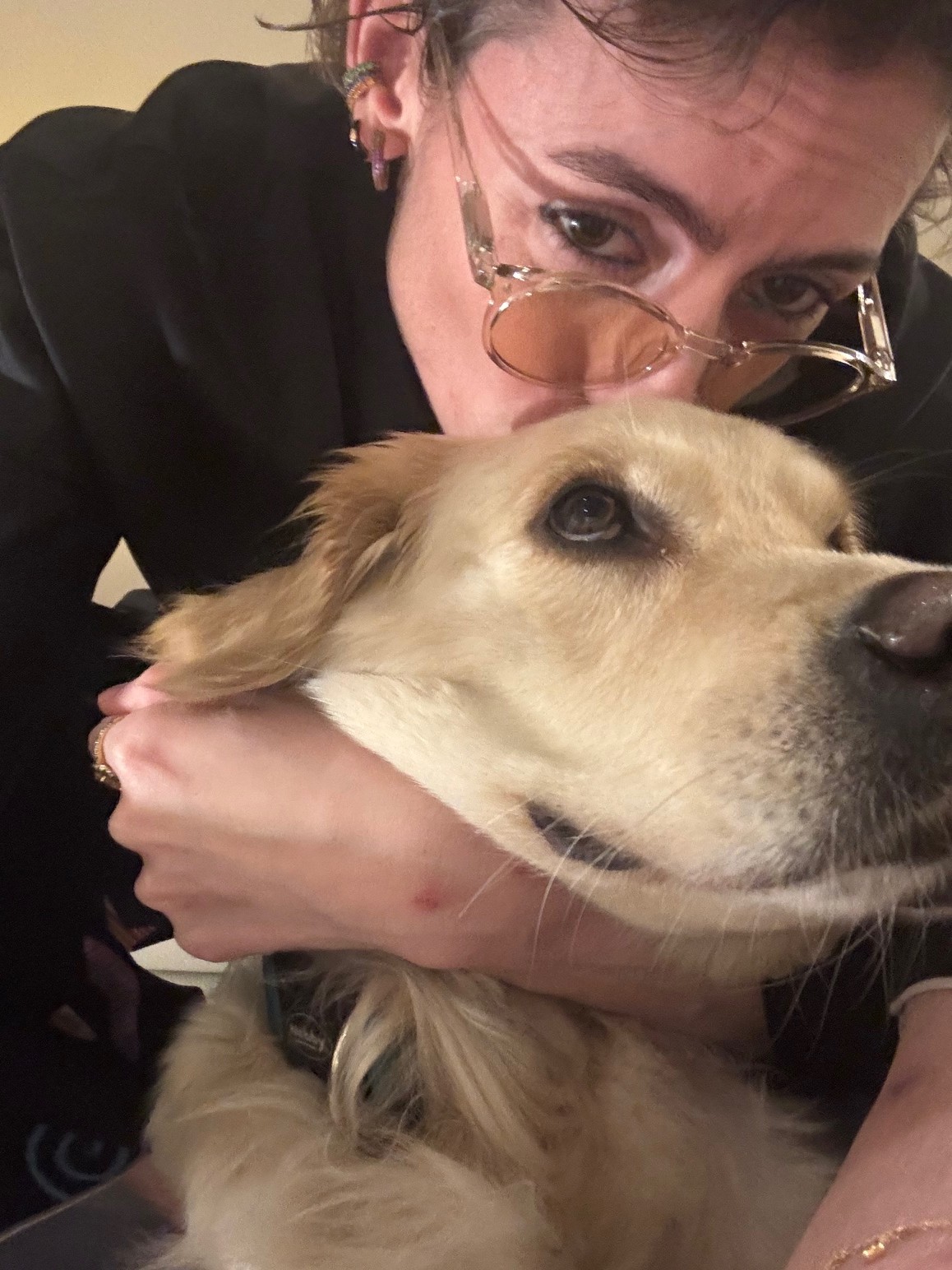We’re excited to introduce you to the always interesting and insightful Lea Jabre. We hope you’ll enjoy our conversation with Lea below.
Lea, appreciate you joining us today. If you had a defining moment that you feel really changed the trajectory of your career, we’d love to hear the story and details.
I am 38. I am one in a million. At 34, after more than five years of traumatic medical gaslighting, I was diagnosed with Stiff Person Syndrome (SPS), a very rare disease that has no answers and is filled with a future full of uncertainties. Due to lack of funding for research, treatments are at best band aids for wounds that I never imagined could ever exist. For a little contex, it is a spectrum disorder and in my case extremely aggressive neuromuscular and for the most part “invisible” neuro degenerative autoimmune disease. One of its many invisible symptoms is pain. SPS taught me one of the most important lessons of life: understanding pain is absolutely impossible. Whether it is emotional, physical, psychical or all of them together; pain is a subjective concept. No tool exists to measure it.
I truly believe that society in our upbringing conditions us to understand, believe or even accept emotional pain and what it may entail as it is much more common. But with no tools to measure it, who judges what is worse or if any of them are even comparable? What if pain becomes both physical and emotional? In a society where these concepts are rare, people think you are an attention seeker when you try to explain what layers of pain can begin to feel like…let alone if you add psychical pain.
Here is an absolute truth, everyone has felt some kind of physical pain in their lives, but if you ask what kind of physical pain is above the everyday threshold, you are met with no real answer except something along the lines that some people can tolerate it more than others.
I thought I knew physical pain; I think this is a very important statement. I simply had no idea the reach of its depth. SPS took pain to another level every diagnosed year.
Let’s forget SPS for a moment, it does not define me. I am Lea and if I could describe myself in simple terms, my soul is music and my intellect is writing. I became handicapped in my mid-thirties and the life I had imagined is just a simple dream today. The girl who loved music, to dance, who discovered and experienced so many things through music can no longer move her body freely. She has lost complete control of it. Instead, I have found and held on to a new found talent I never knew I had which is my dedication to rare disease advocacy.
I created an online community to raise awareness on Stiff Person Syndrome on Instagram @BentNotBrokenAutoimmune I managed to connect people globally, but also became an inspiration for anyone that follows my journey, I am raw, real and says it how it is. Following my journey and my growth has taught me a lot. More recently, I have also created a YouTube page with my SPS Bestie where we chat and film short episodes discussing the aspects of SPS the science can’t teach you, called Heart to Heart.
My main motivation is that nothing can stop me if I embrace life as it comes.
Determined and on my way to become a political consultant and NGO director with a brilliant career path ahead of me, I thought I had it all. I was called crazy on my search to a diagnosis to the point that I developed functional symptoms, but the day I got my SPS diagnosis I never got a non epileptic seizure again (functional symptom). But the day I got a diagnosis I also lost my career about a year and half later. The irony is all of it relates to my brain – my brain that was my career, my brain that kept pushing to get a diagnosis, my brain that went on overdrive.
And then my brain that couldn’t stop at this, and from nowhere with no intention to get where I am today, not even knowing I could speak so easily in front of a camera, I created that Insta page that itself created a community where people have met each other, followed by the YouTube Channel and raising funds for research, most recently for Johns Hopkins Stiff Person Syndrome Research Center – the only one in the world. I am back working in the non profit sector remotely for the UK as we embark on creating another one in Lebanon and most importantly I am working with an editor on completing my first book as a published author. The meaning of a career woman has changed drastically and today I can say I am
a more successful one.
I discovered something incredible in the world of advocacy. Knowing that whatever I have managed to achieve with all my advocacy has helped anyone is huge motivation. Also little did I know that this feeling is worth so much more than anything I could have achieved as the biggest “career woman”.
My biggest hope?
To never loose:
Inspiration
Raising more Awareness
Using my Brain
Helping fund Research
Even if it is a drop in the bucket being part of helping society regain a sense of humanity in this world
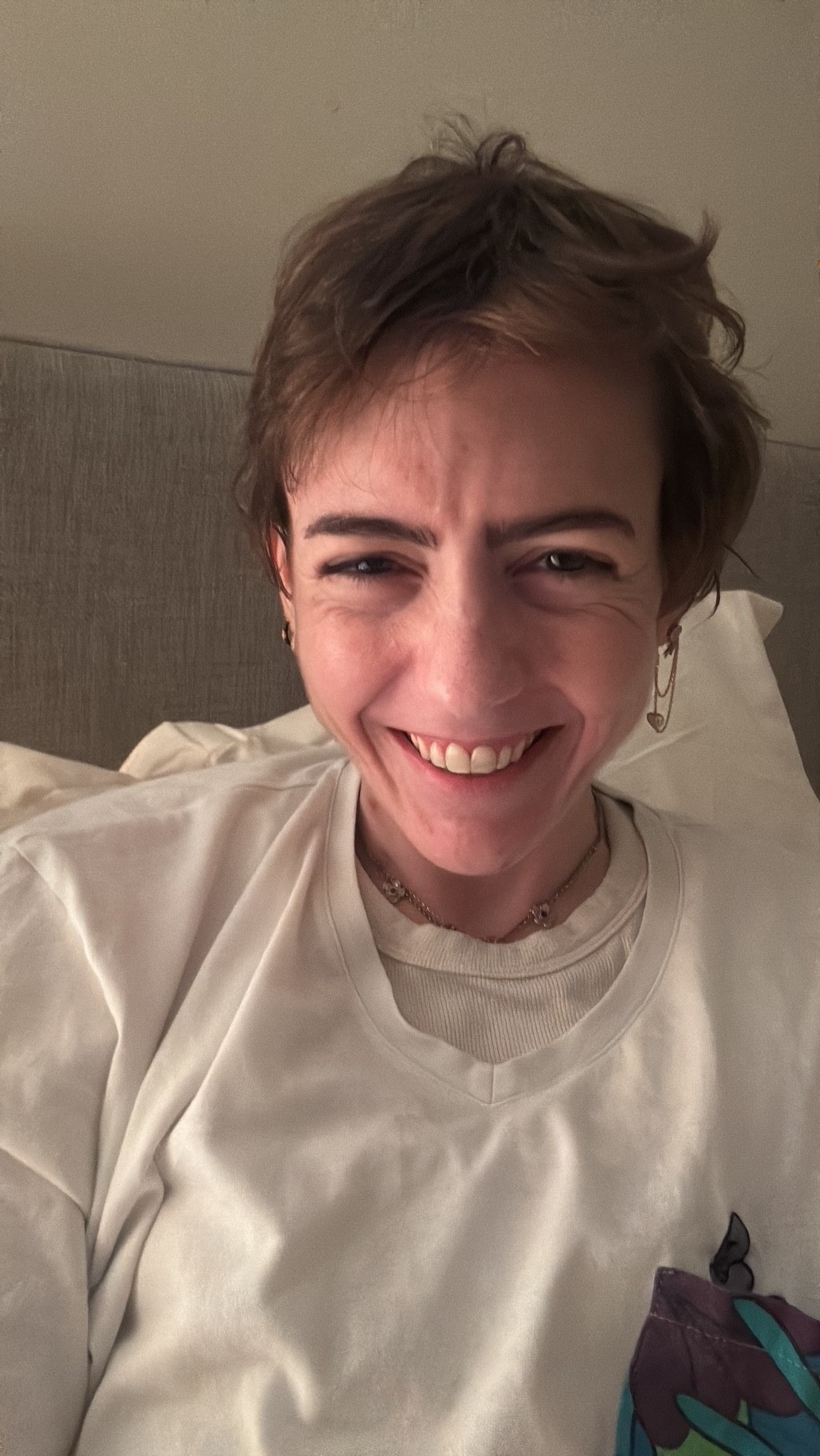
As always, we appreciate you sharing your insights and we’ve got a few more questions for you, but before we get to all of that can you take a minute to introduce yourself and give our readers some of your back background and context?
I was born in Paris. My blood heritage is half Lebanese, a quarter Russian and a quarter Syrian. I was born in Paris and grew up in Marbella. I moved to London for 8 years and got a BA in European Social & Political Science and a Master in International Public Policy at the University College of London. I was always into writing and got published in a political magazine in 2008 and many times after.
More recently, I have been published in rare diseases publications.
After a few internships in London, I moved to Beirut to become a Political Consultant, changed career path and ended in the Non for Profit sector leading to become the Director of a Non Profit m for Neurodiverse children raising funds to help with treatment and therapies, working on Inclusion in schools and society and advancing local and international research.
I moved to West Africa, after I got married to my husband by 2018 (We are celebrating 10 years being together this year). By 2021, although having serious symptoms and being gaslighted and called crazy, I left The Gambia in May 2021 back to Lebanon because my undiagnosed symptoms aggravated very fast and I was diagnosed almost immediately after going back. I also suffer from Type 1 Diabetes, Autonomic Dysfunction, PoTS, Rheumatologist Arthritis, Gastroparisis, Endometriosis… you name it I have it – you have got to develop some sene of humour.
I was always a straight A student, well travelled, fascinated by the world and extremely career driven. SPS got worse quite quickly, I had to resign as the DIrector of OpenMinds the Non Profit. However as mentioned previously I got into the world of advocacy, raising funds for Johns Hopkins for research, editing my first book, and back to working with a friend creating a new non profit in Lebanon to heal children from traumas and who have suffered from neglect and abuse. I have never been more fulfilled in my career. Bent not Broken (my Instagram page) and Heart to Heart (YouTube channel) are huge achievements and are tools used by so many SPS patients around the world. Some of the testimonials I have received and how I have inspired people to achieve things, has made me feel much more fulfilled than anything else I have achieved in my career ever.
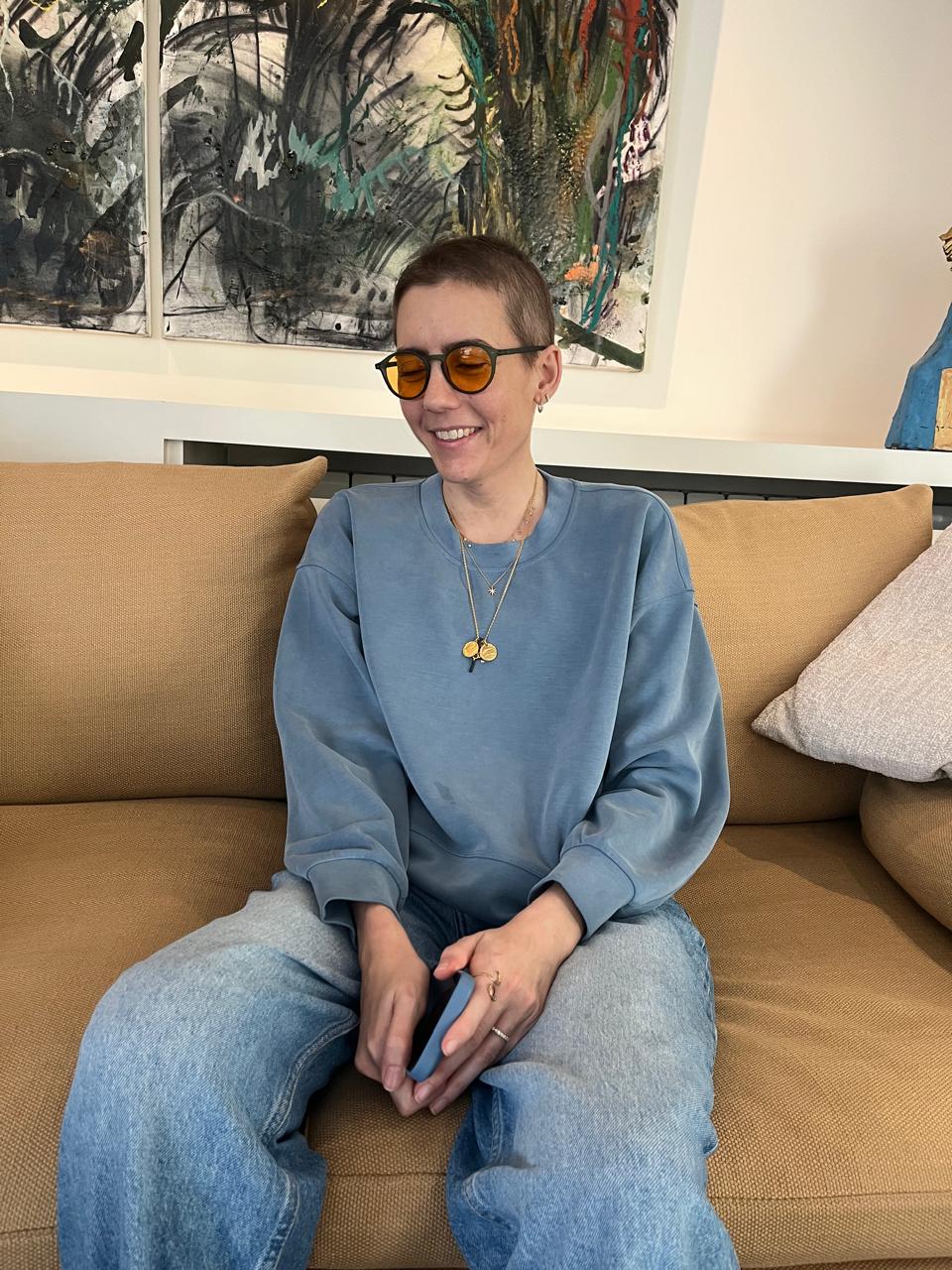
We’d love to hear a story of resilience from your journey.
Below is an article I wrote in May 2024 after a miracle saved me from dying.
« If you’re not dancing, something is wrong. »
Can life ever be perfect? And what does perfection really mean? Surely, it has a unique meaning to each one of us.
What if you finally reach your understanding of perfection and life slaps you in the face again?
What do you do? Do you give up or do you choose life? Here is the real question, can one ever have answers to all these questions…
I am one in a million. At 34, after more than five or six years of traumatic medical gaslighting, I finally got diagnosed with stiff person syndrome (SPS), a very rare disease that has no answers and is filled with a future full of uncertainties. Due to lack of funding for research, treatments are at best plasters for wounds that no one could ever imagine even existed.
Today, despite it all, I still love life, with my cane, my limited ability to walk and my pain.
One thing my family, my husband and I have learned is that having a rare disease that no one really knows much about makes things much more complicated.
***
On 11 February 2024, I properly saw how deformed my body is. My muscles are pushing my bones in all directions. Although I suffer from many other diseases, this hit hard. For one it explained this new pain that had been slowly creeping up on me, on top of constant pain from my stiffness.
On 12 February, after a plasmapheresis [plasma exchange, PLEX] treatment, I lost consciousness…
Septic shock was only something I had vaguely heard about… why would I know or even want to know more? Today it is something I have survived and am recovering from.
Mentally, I am still trying to reconstruct what happened during the 16-day ICU admission. The week leading up to my PLEX treatment, I complained to one or two people about shortness of breath, but I didn’t give it much importance.
On the eve before my treatment, while looking at my deformed body, I told my husband who works in Africa that I was tired and not to worry if I took slightly longer to send him a message post treatment. My mum called and asked me if I wanted her to drop me off in the morning; with no hesitation, I asked her to come pick me up instead because I felt very tired.
Looking back, it is like I knew …
I remember waking up to go to my PLEX treatment, I remember getting in the car… and then, I have no recollection of 14 out of my 16 days in the ICU.
Many of my close friends living in Lebanon, abroad or a couple of my very close SPS friends all knew I was having a treatment. They also know that my phone never leaves me and that I am usually very quick to answer… By the next day with no replies from me, most of them figured something must have gone wrong with my treatment.
I was resuscitated on the first night because of my blood pressure dropping so low that things spiralled out of control fast. I was then diagnosed with septic shock due to four types of bacteria in my blood. I was deemed critical for at least another four or five days before the ICU team and my doctors started having hope again.
I thought I was unconscious the first few days when I was in critical condition but, apparently, I am the one who adamantly refused to be intubated. I thought I was conscious after the infections were better controlled but I was not. I was in out of sleep and completely delirious.
I am lucky to be alive, but SPS has flared massively since returning home.
***
My support system learned after this traumatic event to never let my SPS be put on the side and forgotten about. Regardless of the urgency and danger, SPS is important to tackle. In the same way as my type 1 diabetes is considered and managed, it must always be taken into account.
The whole experience was very hard to face; however, the damage done to my SPS today is taking an even bigger toll on me. A lesson learned for all of us—my loved ones and the doctors—which makes me more determined to continue advocating for rare diseases.
If pain had started to creep in before 12 February, this experience has taught me even more that there is no limit to it today.
Did anyone tell me when I went home what to expect during my recovery, obviously not. Did anyone share with me what happened during these 16 days, no. Like the rest of the decisions that were taken, I had to figure out by myself what recovery meant for me.
But what I was reminded of, is that my body despite being so ill, is so strong. Life, I still choose you, and I am not going anywhere yet because there is so much more dancing left to do.
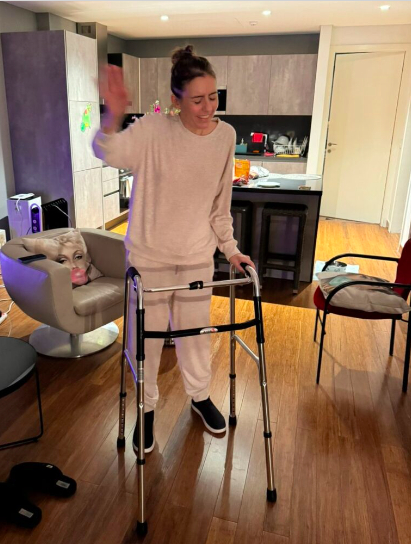
What’s a lesson you had to unlearn and what’s the backstory?
What is pain?
Today it is an invisible, unexplainable, symptom of my rare disease.
How do I live life? A day at a time, an hour at a time, a minute at a time? I guess this is the easiest way to explain pain to others for me today.
.
Looking back, after surviving a very severe septic shock back in February 2024, I admit; yes, most doctors were rude and dismissive but today SPS remains a diagnosis of exclusion still largely based on identified blood markers that I do not have…
How can I completely blame them for what I had to go through, if they didn’t know better. Science does not have all the answers and research is very much needed for SPS and many other rare diseases which often have a common symptom: pain.
I think I developed SPS about 15 years ago. I am so in tune with my body as my first autoimmune disorder was diagnosed at age twelve, type 1 diabetes (T1D). The SPS symptoms were not bothersome at first. I mostly had a stiff back and I was really not flexible. Yes, I had back pain, but I always attributed it to poor posture. Looking back, I was also easily startled… who could have even thought any of the above was the beginning of anything?
Taking care of my T1D seems like a routine step in my day, but that wasn’t always the case. It took me more than 10 years to regulate my HbA1c, and to accept my powerlessness with this chronic illness. At present, I am extremely lucky I don’t have any complications despite the lack of care I put my body through. When first diagnosed I thought having diabetes was the real definition of pain, and it was back then, how could I have known what the future held… and that pain had no limit!
I thought about this for a while and realised that comparison to what could be “tangible” feelings could maybe help others grasp what pain could mean. So, I decided to use health problems, I lived through in life that are more common and therefore ‘concepts’ that can be understood. ‘Concepts’ that are more widely accepted by society because pain is understood by what society conditions us to grasp.
There is a correlation between SPS and Type 1 Diabetes; 50% of SPS patients have type 1 diabetes because of a shared blood marker I do not have. A correlation between two autoimmune diseases, leaving me somewhat perplexed as my diabetes has never been so well controlled, and yet my body is deforming itself due to the intensity of my muscle spasms which cause atrocious pain.
Let me delve into this never-ending debate, the one where we are all told everyone feels pain and yes that is an absolute truth. However, I ask all of you, how do you define pain? I know it is an extremely subjective and controversial concept, it can’t be measured or quantify. Rationally, can you answer my simple question, what is PAIN?
By surprise, I was diagnosed with endometriosis during my search for a diagnosis. With retrospect, I had been suffering since age twelve from periods that lasted seven, up to nine days, with a heavy flow, blood clots, and that made me unable to move from my bed for the first two days. At home, everyone knows, that when I get my period, I can’t do anything. Whatever that feeling, concept, or word is, the suffering on my face and that look cannot be faked piercing through my eyes. And today, when you look carefully it can scare you away so instead most people focus on my beautiful smile.
I never complained much, I thought it was normal and I accepted it until my boyfriend, now husband kept insisting it wasn’t normal. Getting a diagnosis did not help much, I got two laparoscopies, removed several cysts and even had lesions burnt. Guess what? All of it is back… nothing has changed, and the pain hasn’t gone away.
My SPS symptoms gradually became flares that lasted longer, but I had no idea what beast I would eventually be facing. The first quarter of 2021, were some of the scariest months of my life, slowly but surely, I started to really lose the ability to control my body. What I considered pain in 2021 was comparable to my endometriosis pain. A concept, a feeling… people around me can somehow understand and empathise with.
In 2022, post a serious hospitalised Covid infection I experienced my first tin man falls… Broken, fractured bones, torn ligaments, tendons and muscles? Yes! The pain reached a “higher” level, but I could still explain it with examples people could grasp. Breaking or even fracturing a bone is an accepted “painful concept” by society.
In 2022, those were my references when describing my pain.
In 2023, I started feeling more pain and had a harder time finding a comparable or a “tangible” socially accepted concept…
Today, I am torn between laughing or crying. Was that really the pain I had felt all these years?
Living in a deformed body due to displaced bones, constant rigidity and not being able to properly walk, sit, and sleep because of muscle spasms… What is this comparable to, so I can explain it better?
What is pain? I KNOW THE ANSWER, I feel it, yet I know due to lack of research because I have a rare disease, not many will be able to understand how it could be the end of me.
I have a harder question for all of you to answer, what will pain be for me in 2025?
If not for me and the heroes who have stiff person syndrome today, for the younger generation to never have to ask themselves or have this debate with anyone and to receive better treatments and pain management, RESEARCH is very much needed.
Society conditions us to “better understand” and accept someone’s experience and measure of emotional and some physical experiences deemed painful, so much more than someone’s rare and unrelatable physical pain.
With certainty, I can tell you, with more than a dozen diseases, constant physical pain comes with a heavy cost of emotional pain. In a society where this concept does not exist except for us rare ones, I had to discover it alone so unprepared for it and now live with it.
I ask again, can you TELL ME what 2025 has in store for all of us who suffer from pain caused by a rare disease?
Will it be the year pain kills me because of denied research for rare diseases?
The above is an article I published in 2024.
Ironically or not, I see the beauty of life even more, wait for it. At the end of January 2025, I survived a cardiac pulmonary arrest due to chocking on a piece of meat followed by involuntary spasms. Life definitely wants me here!!!
Contact Info:
- Instagram: https://www.instagram.com/bent_not_broken_autoimmune/
- Youtube: https://www.youtube.com/@stiffpersonsyndromeHeart2heart
- Other: Some of my previous interviews:
https://aspire.hopkinsmedicine.org/project/42518/updates/1Lea Jabre: helping to lift the voice of the stiff person community
I am Celine Dion: The stiff person syndrome community reacts to the release of Dion’s documentary
https://www.ctvnews.ca/health/how-celine-dion-s-diagnosis-changed-understanding-of-living-with-stiff-person-syndrome-1.6312737
https://montrealgazette.com/news/local-news/celine-dion-has-ensured-stiff-person-syndrome-awareness-day-is-recognized
https://www.elle.com/beauty/health-fitness/a43068380/what-it-is-like-living-with-stiff-person-syndrome/
https://www.plasmahero.org/hero/woman-stiff-person-syndrome-plasma-exchange-brings-relief
https://www.lorientlejour.com/article/1337081/lea-jabre-la-femme-qui-danse-dans-sa-tete.html
https://ottawacitizen.com/news/local-news/stiff-person-syndrome-can-be-catastrophic-but-there-is-treatment
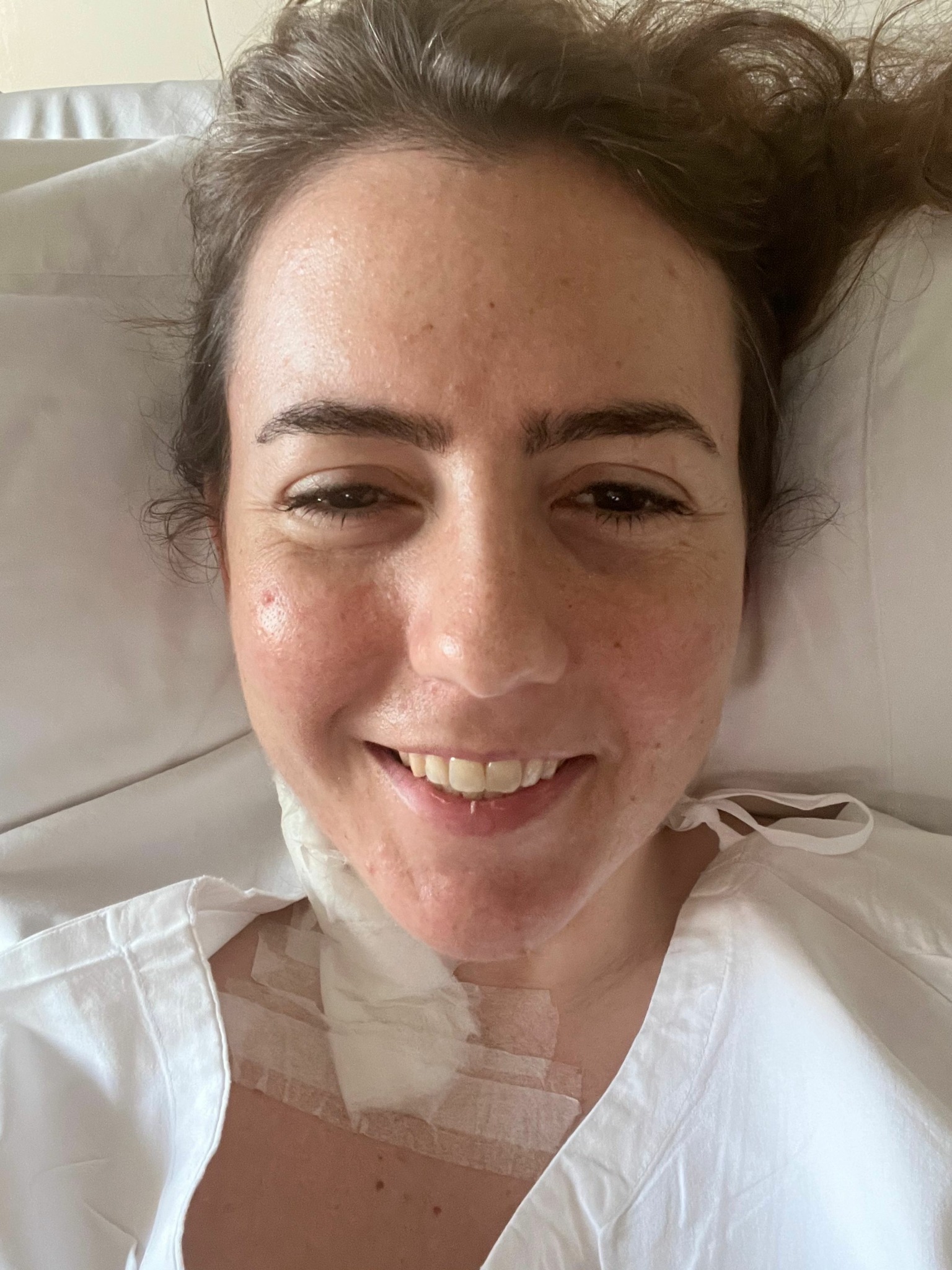
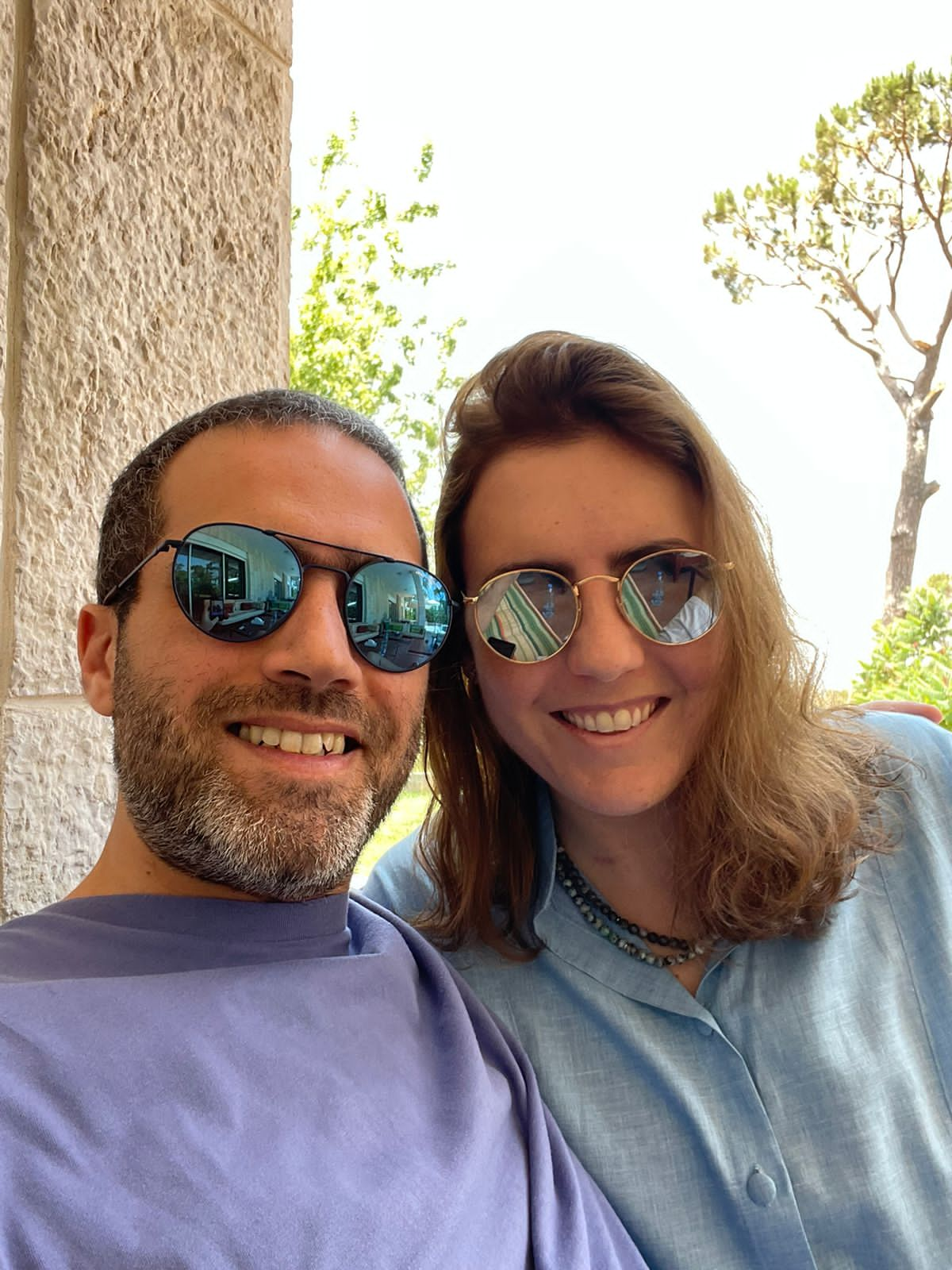
Image Credits
Myself or husband or family


